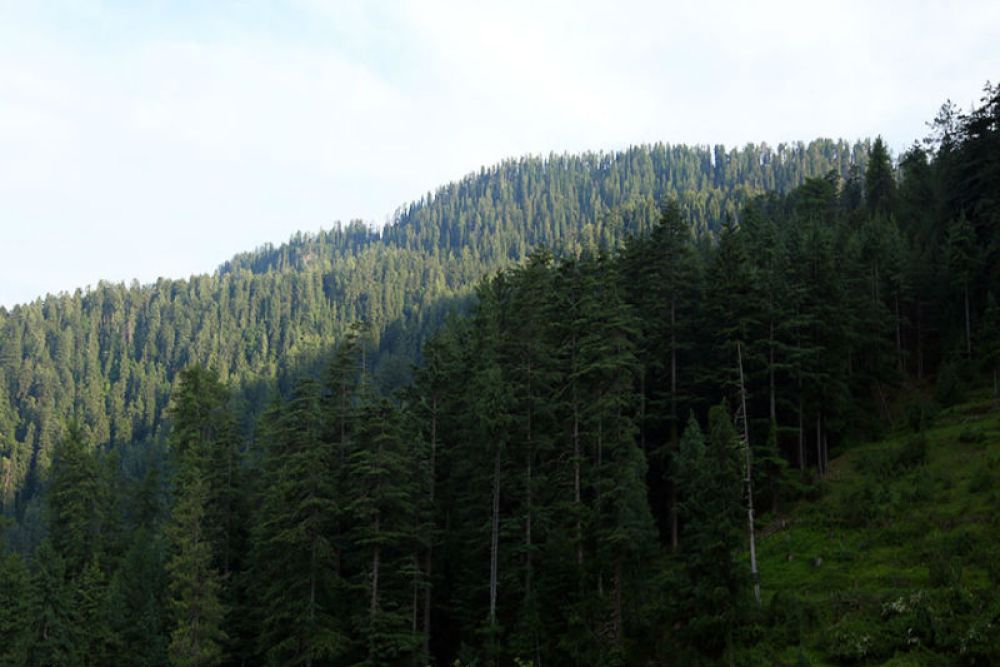

Embark on a journey to the serene and lush expanse of Kanasar Forest, nestled in the tranquil town of Chakrata, located in the Indian state of Uttarakhand. Revered for its pristine natural beauty and diverse wildlife, Kanasar has been a hidden gem for nature aficionados and those seeking solace away from the clamor of city life.
Though Kanasar has not always been at the forefront of tourist destinations, its allure has grown gradually over time. With the increase of eco-tourism and a shift towards nature-based experiences, Kanasar's tourism history has blossomed. It is a relatively recent but increasingly popular destination, particularly amongst tourists who are passionate about sustainable travel and outdoor activities.
Historically, the region was utilized by the local communities for subsistence purposes, with a strong connection to the dense woods and rich soil. Over the years, recognition of this haven has reached beyond the local population, drawing in travelers from across India and abroad who are eager to explore its untouched landscapes.
Kanasar Forest is best known for its imposing Deodar trees, some of which are among the oldest and largest in Asia. The majestic beauty of these ancient giants is a sight to behold, with some trees reaching staggering heights and circumferences that command respect and admiration.
Visitors to Kanasar can engage in numerous activities, including:
In addition to exploring Kanasar itself, visitors often extend their trips to nearby attractions such as the Chakrata town, Tiger Falls, and the Budher caves.
With an increasing interest in offbeat and eco-friendly tourism, Kanasar is becoming a symbol for sustainable travel. Tourists now seek destinations that offer tranquility as well as adventure, without compromising the natural environment.
The latest trends also suggest a growing preference for experiential travel. Thus, homestays with local families and guided tours with knowledgeable locals have become popular, providing an authentic narrative of Kanasar's culture and its natural wonders.
Furthermore, authorities and local stakeholders are more conscious of the balance required between tourism growth and environmental conservation, ensuring that the future of Kanasar Forest is one where both the ecosystem and tourism can thrive symbiotically.
Before planning your visit, it's essential to check the latest travel advisories and regulations, as the area is sometimes subject to seasonal closures for conservation efforts. Responsible tourism practices should be followed at all times to help preserve the beauty and integrity of Kanasar Forest for generations to come.
Engage with local guides and services to enhance your experience and contribute to the local economy. Above all, respect the natural habitat and leave no trace, ensuring that the splendor of Kanasar continues to be a source of joy and wonder for all who visit.